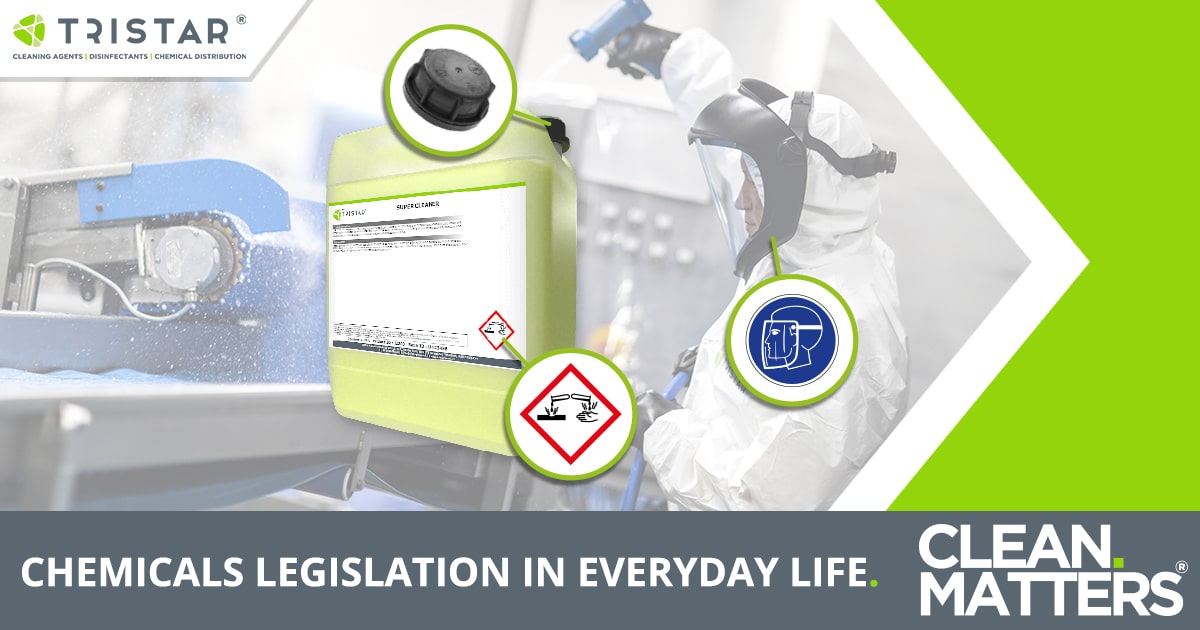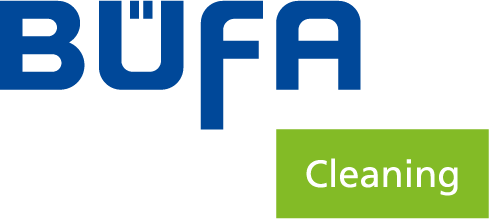Companies like TriStar, who buy, develop, manufacture and work with chemical substances, are inevitably bound by all kinds of laws and regulations, such as CLP, GHS, REACH and ADR. All these regulations cover different aspects, though often they overlap. Their common goal however is always to ensure health and safety for man and environment.
CLP, since 2009, is legally binding about classifying, labeling and packaging of chemical substances and products, and is based on the United Nations Globally Harmonised System for hazard classification of substances and mixtures. One of the main goals of CLP is to determine if substances or mixtures possess properties that lead to the classification hazardous.
CLP also addresses the requirements of REACH, a regulation of the European Union, which equally aims to improve the protection of human health and the environment from the risks of chemical substances and mixtures. REACH stands for Registration, Evaluation, Authorisation and Restrictions of Chemicals, and establishes procedures for collecting information on the properties and hazards of substances.
By means of mandatory labels (pictograms) and safety data sheets, consumers are informed about these possible hazards of the products they plan to use. Linked to these pictograms are the Hazard- and Precautionary statements, that give advice about the hazards and the correct handling of chemical substances and mixtures.
For the sake of clarity and understanding, labels and safety data sheets should be issued in the official language of the country where the chemical products are sold.
Finally the last treaty that must be respected is the ADR (European Agreement concerning the international Carriage of Dangerous Goods by Road), which governs the transport of hazardous materials, and which states the conditions that should be met, concerning the packaging and labels, as well as the means of transportation. The ADR includes a list of UN-numbers, that indicate the hazard class in which the substance or mixture is classified. ADR is harmonised with the inland waterway- and rail transport.
TriStar strictly complies with these laws and regulations, and indeed, we prefer to stay ahead, as obviously we share this objective: protect the health of our employees, customers and contractors, as well as the environment.


